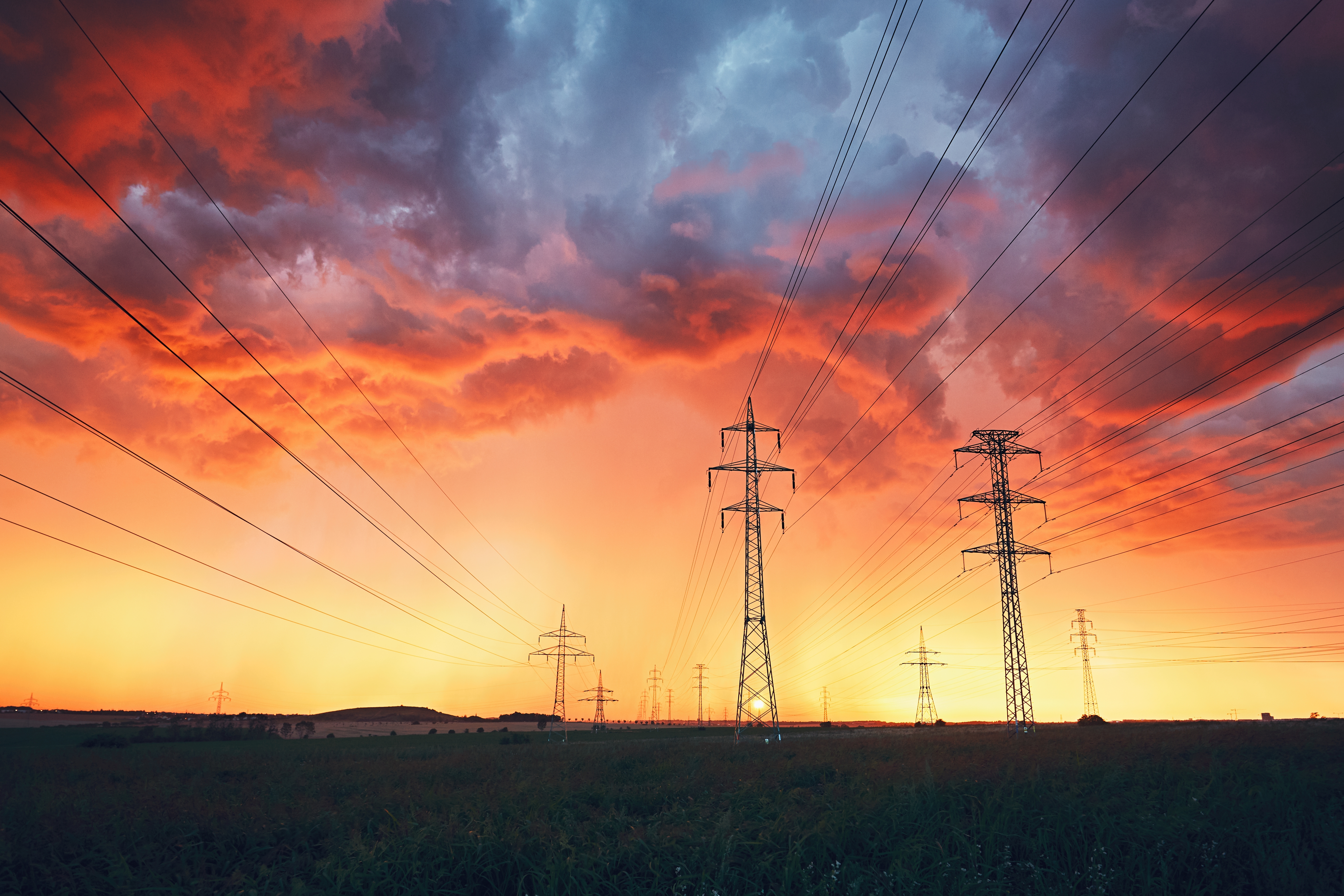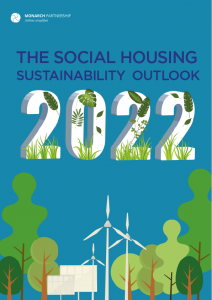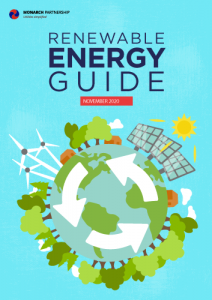What is the demand side response?
Demand side response promotes intelligent energy habits, encouraging people to think about their times of peak energy use. Making small changes and shifting your times of high usage puts less pressure on the energy network. The National Grid aims to maintain a frequency between 49.5Hz and 50.5Hz, which is made more difficult if a large number of consumers all demand electricity from the grid at the same time.
This industry problem, however, has been turned into a customer opportunity, with businesses being encouraged to move some of their processes to off-peak times. Examples of this include system updates in factories taking place overnight, or businesses receiving a prompt to turn down their heating in warmer weather. The prompts come in the form of a text message to a user’s mobile phone, or appear as notifications on the screen of a smart meter. This is because demand side response is facilitated by smart meters, and the data collected by the meter about the end user’s energy habits can help the National Grid work out how to balance consumption more evenly.
While it might not be particularly convenient for a consumer to deliberately alter their times of high energy use, the demand side response is incentivised in a bid to promote uptake. Money talks, so receiving financial payments or money off energy bills is a sure-fire way to make sure that as many consumers as possible are involved.
Understanding the demand side response can be complicated so we have created a guide as part of our Monarch Explains range to help break down the main ideas of the scheme.
We can provide demand side response in triad management, frequency response, capacity market, and short term operating reserve. Contact us at Savings@wwwtest.monarchpartnership.co.uk?subject=demand%20side%20enquiry to find out how.
Useful links:
Demand Side Response explained
KiWi Power















